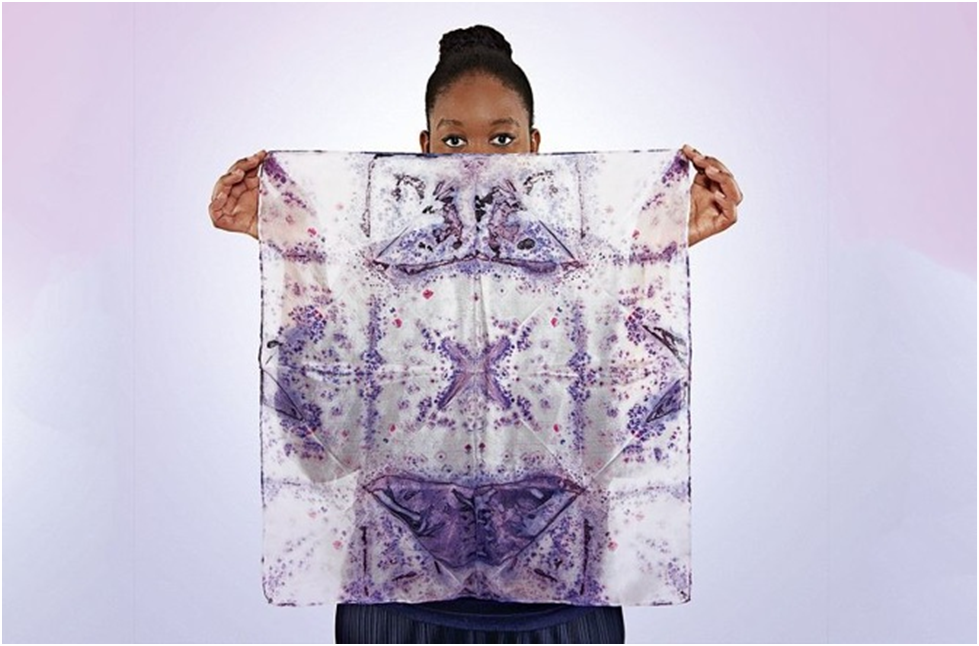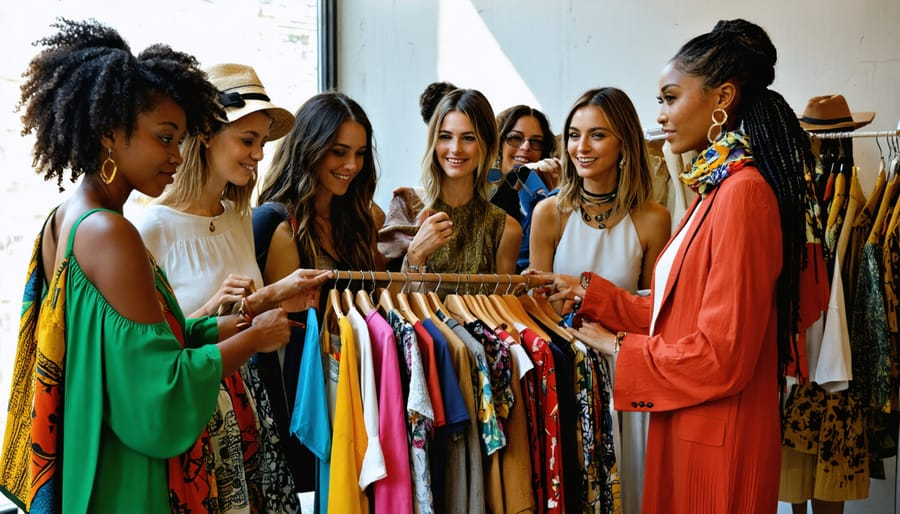In the search for eco-friendly alternatives to synthetic dyes, bacterial dyeing has emerged as a groundbreaking innovation in textile printing and fabric dyeing. This method uses pigment-producing microbes, such as Streptomyces and Janthinobacterium, to create natural, biodegradable colors without the toxic chemicals or heavy water usage found in conventional dyeing processes. As the fashion industry grapples with its environmental footprint, bacterial dyeing offers a promising solution rooted in biotechnology.
Researchers and bio-designers cultivate these bacteria in controlled environments, where they are encouraged to produce vibrant pigments such as purple, red, and even metallic hues. Once harvested, the pigments are used to dye fabrics in ways that are both colorfast and gentle on the environment. Some innovators are even allowing the bacteria to “paint” directly onto textiles as they grow, creating organic, one-of-a-kind patterns that blur the line between art and science.
While still in the early stages of industrial adoption, bacterial dyeing is gaining traction among sustainable fashion brands and research institutions. It not only reduces environmental harm but also opens new creative possibilities for textile artists. As awareness of circular fashion deepens, bacterial dyeing may soon transform the very palette of our wardrobes—one microbe at a time.





